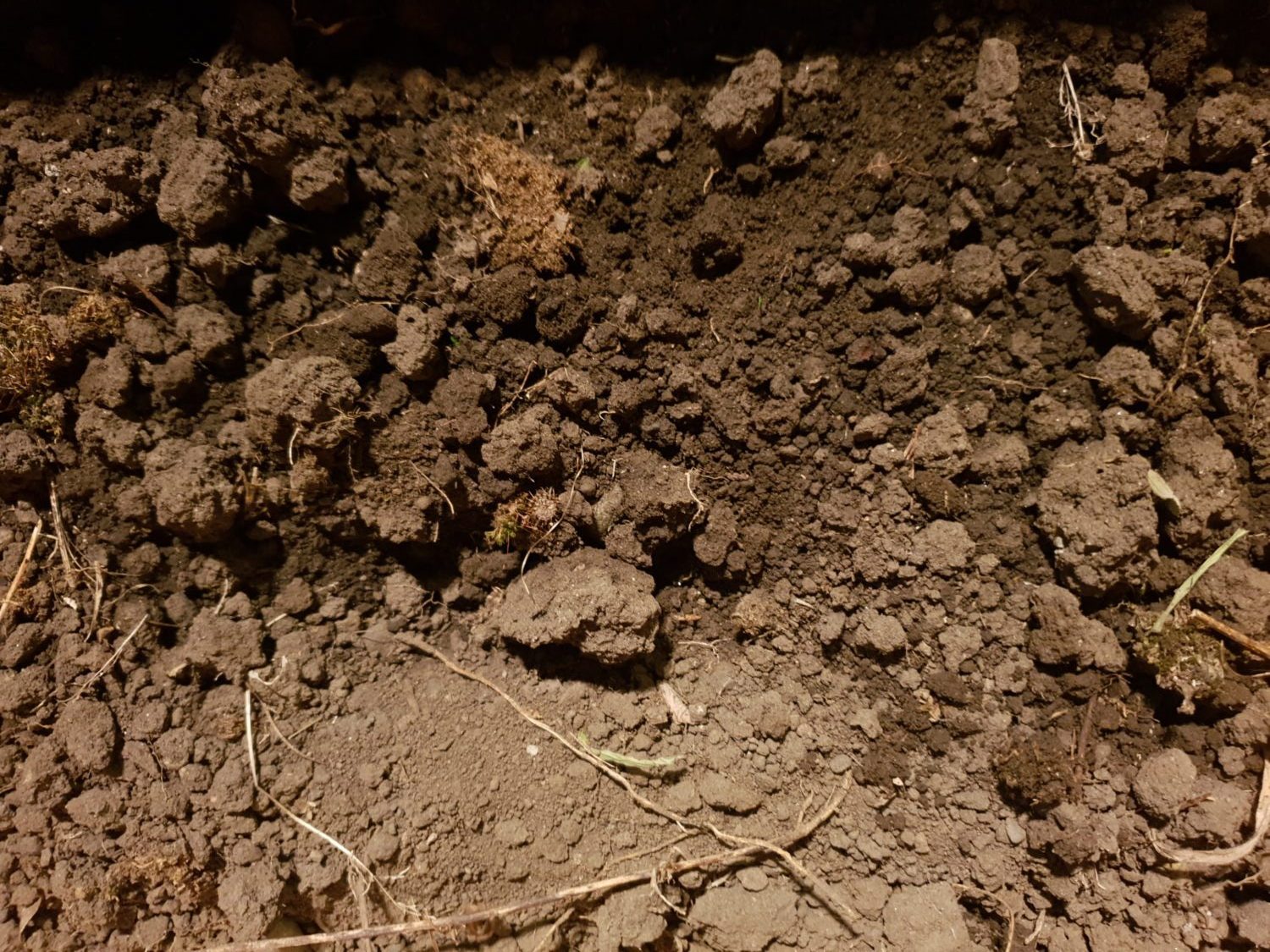Pupuri
2020
soil installation, kūmara
dimensions variable
all images courtesy the artist
Commissioned with support from Britomart.
Hōhua Thompson develops installations that challenge colonial logic, using tribal knowledge and practices to call for Māori cultural rejuvenation. For the Te Arawa people, to whom Thompson belongs, the kūmara holds an important role. Canoe traditions explain that the kūmara was saved by the tupuna Whakaotirangi during the migration from Hawaiki when other plants were lost. Building upon this tradition, Thompson had planned to create an installation of kūmara mounds in Britomart, during the Art Fair, functioning as a temporary māra — a site for knowledge exchange and learning where the artist would engage in conversation with visitors and passers by.
By reconquering this settled land using notions of tapu and mana, Pupuri (2020), the in-language term for to hold or retain, operates as a metaphor for the resilience of Māori culture and traditions. While these cultural beliefs and practices have historically been undermined by colonial logic that devised a strict dichotomy between indigenous primitivity and colonial modernity, Pupuri (2020) challenges these historical distinctions. Drawing upon Māori skills and structures, Thompson challenges and extends cultural parameters and knowledge, further bridging cultural understandings between the experience of many Māori communities today — of marginalisation, unemployment and dispossession — and the culture’s legendary ancestors and their ancient principles.
– Micheal Do
*
FROM THE ARTIST
Moana Jackson says the arrival of who he called the rerekē (different ones) brought a new set of stories that sat in conflict with our own*. These stories valued different beliefs and justified the taking of indigenous land, resources and sovereignty**.
However, parts of our stories endured. Held fast by our tūpuna and propagated generation after generation, even though it may be under different circumstances or in a different place, like the kūmara from te kete rokiroki a Whakaotirangi.
The work is made up of mounds reminiscent of a māra kūmara. The work seeks to be a venue for sharing stories and learning through the maintenance of the māra.
The māra provides us with fertile ground with which to grow and care for our own narratives to take forward.
*Moana Jackson, “Where to Next? Decolonisation and the Stories of the Land.” In Imagining Decolonisation, (Wellington: Bridget Williams Books Ltd, 2020), 136
**Jackson, “Where to Next? Decolonisation and the Stories of the Land.”, 133


